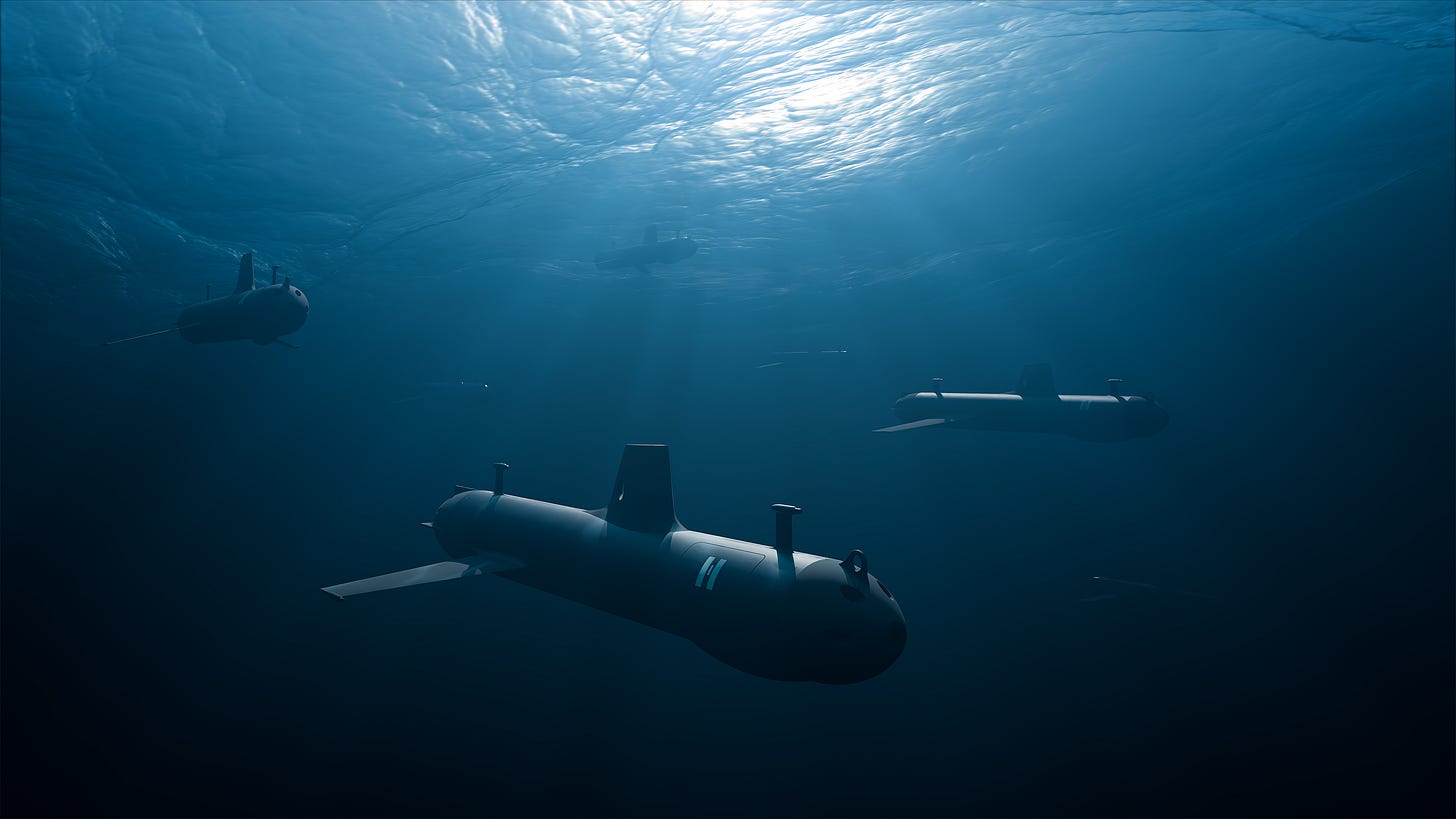Helsing unveils AI-powered acoustic detection system to ward off naval threats
German defence AI developer Helsing has introduced a novel acoustic detection system to autonomously track adversary ships and submarines with an accuracy surpassing any previously developed detection technology.
The AI system, called Lura, will analyse measurements obtained by sensors placed on a fleet of brand-new underwater drones also developed by Helsing.
The autonomous gliders, called SG-1 Fathom, can roam the contested regions of the world’s oceans in large numbers, using their sensors to listen for approaching threats. Helsing said in a statement that Lura will hear signals ten times fainter than any previously developed AI-based detection system and will detect threats forty times faster than human operators.
“We must harness new technologies to keep pace with the threats against our critical infrastructure, national waters, and way of life,” Gundbert Scherf, Helsing’s co-founder and co-CEO, said in the statement. “Deploying AI to the edge of underwater constellations will illuminate the oceans and deter our adversaries for a strong Europe.”
The technology at the heart of the Lura system is akin to large language models such as ChatGPT. Lura, however, detects and classifies noise produced by marine vessels and localises the source of those acoustic signatures.
A fleet of hundreds of SG-1 Fathom gliders can be tasked and monitored by a single human operator, reducing the cost of maritime surveillance to about one tenth of that required to run crewed ship and submarine patrols.
The mass-produceable SG-1 Fathoms are “cheaper than any other gliders available in the market,” according to Helsing, and capable of roaming the seas for up to three months at a time.
“To protect ourselves from increasing threats, especially underwater, we must do defence differently,” Amelia Gould, general manager at Helsing Maritime, said in the statement. “At Helsing, we know how important it is to learn and adapt from each mission.”
While the gliders roam the oceans, the data they gather are sent to edge computers on shore in real time for processing and classification.
Helsing showed off the technology during a demonstration at HM Naval Base Portsmouth last week, hailing the system as a “new approach” to underwater battlespace and the beginning of the digitalisation of the world’s oceans.



